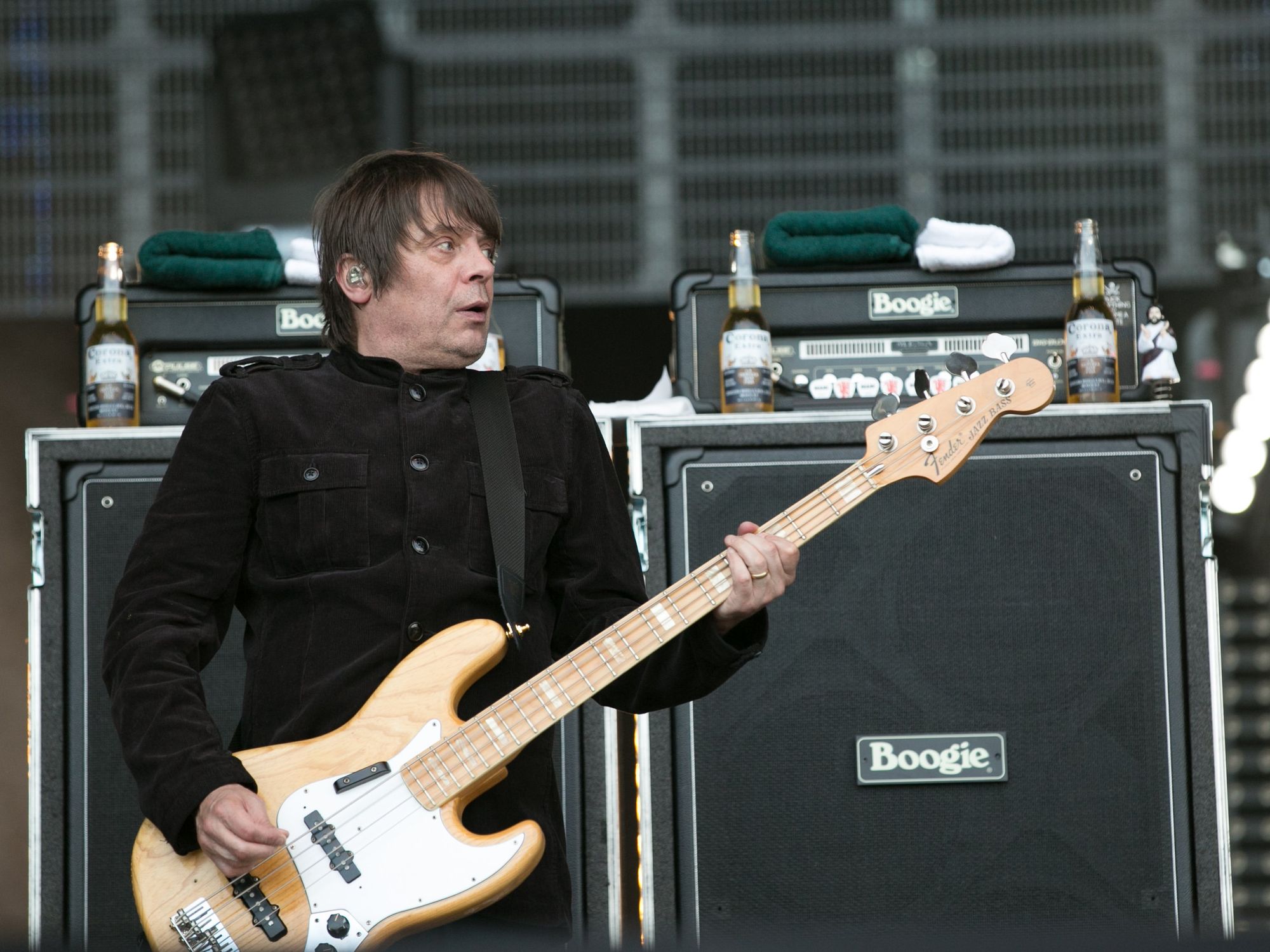Archaeology breakthrough as world's oldest human sculpture finally found after 12,000 years

The tiny figurine was found near the Sea of Galilee in Israel
Don't Miss
Most Read
Archaeologists have unearthed the world's most ancient sculpture depicting the relationship between humans and animals at a prehistoric settlement near the Sea of Galilee in Israel.
The 12,000-year-old clay figurine portrays a crouching woman bearing a goose across her shoulders.
This remarkable artefact represents the earliest known naturalistic depiction of a female figure discovered in south-west Asia.
The miniature sculpture, measuring under two inches in height, was crafted by the Natufian people who inhabited the region during a pivotal era of human development.
TRENDING
Stories
Videos
Your Say
The find emerged from excavations at Nahal Ein Gev II, a substantial Natufian community that thrived for multiple centuries overlooking the ancient lake.
The artefact was initially found in three distinct clay pieces within a semi-circular stone building that housed both graves and ritual offerings.
After careful reconstruction, the complete figurine revealed intricate details including traces of red colouring on both figures and an ancient fingerprint preserved in the clay.

Three other artefacts have since been discovered at the site
|HEBREW UNIVERSITY OF JERUSALEM
Analysis indicates the clay underwent heating to approximately 400 degrees Celsius, demonstrating intentional firing techniques.
This positions the figurine amongst the earliest known instances of fire being employed for creative or technological endeavours.
The sculpture shows the bird positioned as though living rather than killed during hunting activities.
LATEST DEVELOPMENTS
Within Natufian society, geese served dual purposes as vital sustenance and raw materials for decorative items crafted from their bones, plumage and claws.
The culture, which flourished approximately 15,000 to 11,500 years ago, represented a crucial shift as communities transitioned from nomadic food gathering to establishing permanent settlements.
Scholars suggest the Natufians perceived a profound spiritual connection linking humanity with the animal kingdom, which this sculpture may symbolise.
Artistic works from this era remain scarce, making depictions of human-animal relationships particularly exceptional.
The site has yielded additional significant discoveries, including a carved stone face found in 2017, with three more facial representations subsequently uncovered.
"The figurine captures a transformative moment," said Professor Leore Grosman from the Hebrew University of Jerusalem's Institute of Archaeology.
"It bridges the world of mobile hunter-gatherers and that of the first settled communities, showing how imagination and symbolic thinking began to shape human culture."

The miniature sculpture, measuring under two inches in height, was crafted by the Natufian people who inhabited the region during a pivotal era of human development
|REUTERS
Dr Laurent Davin emphasised the discovery's multiple layers of importance: "Not only is this the world's earliest figurine depicting human-animal interaction, but it's also the earliest naturalistic representation of a woman found in south-west Asia."
Researchers suggest the artefact "embodies the earliest seeds of myth, storytelling, and spiritual connection, articulated in clay by hands that lived millennia before the rise of civilisation."











